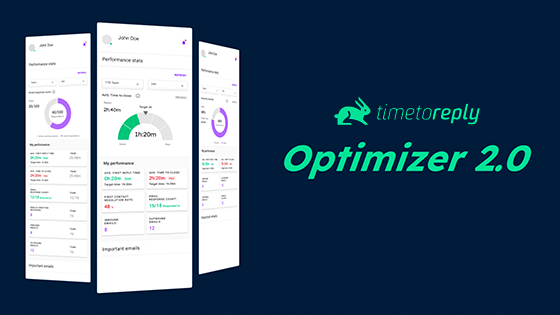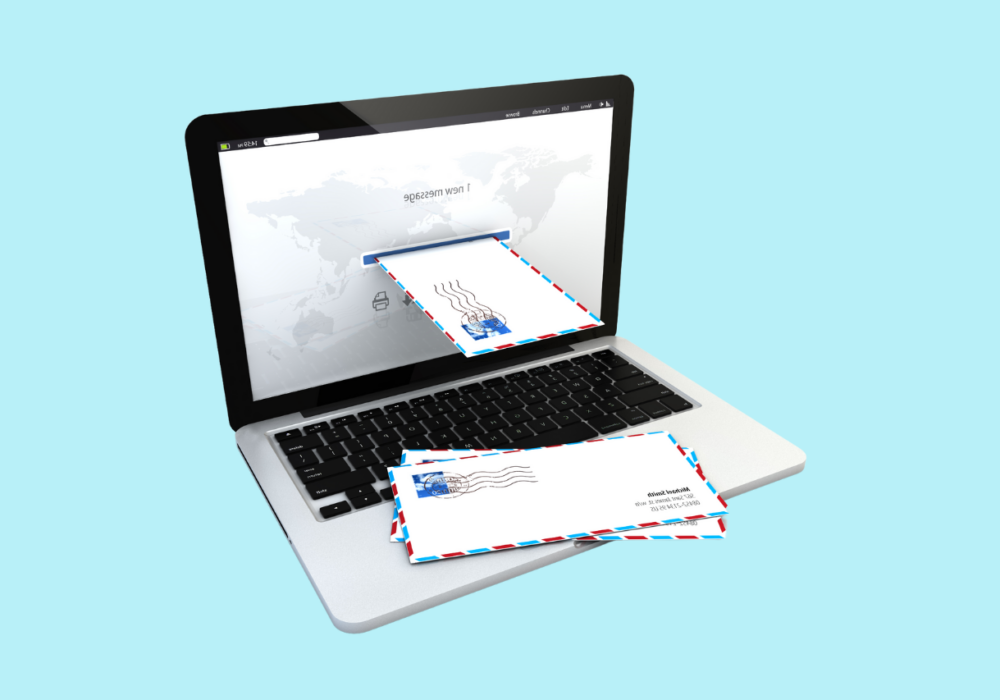In today’s fast-paced business landscape, where customer expectations for swift and effective communication are higher than ever, mastering email response efficiency metrics is paramount.
This blog delves into the world of email response metrics, exploring their impact and providing strategies to excel in this critical aspect of customer engagement.
Introduction
Email communication is the lifeblood of modern businesses. It’s not just about sending messages but how quickly and effectively you respond. When your business success depends on speedy, helpful service and a smooth customer experience, any delays in responding to inbound requests can undermine your success. This is where email response efficiency metrics come into play.
To achieve excellence in email response efficiency, you must understand the key metrics, analyze their effectiveness, and implement strategies to boost productivity. Let’s embark on this journey of email response optimization.
Efficient email responses are more than just a checkbox in your customer service checklist. They directly impact customer satisfaction, loyalty, and ultimately, your bottom line. In today’s competitive marketplace, your ability to respond promptly and effectively can be a key differentiator.
When it comes to measuring email response efficiency, several vital metrics deserve your attention:
Real-time tracking solutions like timetoreply can be invaluable to excel in email response efficiency. These tools provide live email statistics, highlighting which emails need immediate attention. They empower your team members to respond efficiently and effectively.
These tracking tools are essential to your email response management system, offering real-time insights that enable you to make informed decisions, optimize response times, and continuously elevate the quality of your customer interactions. With timetoreply’s live email metrics, you can transform your email communication from reactive to proactive, ultimately driving exceptional results.
Several factors can lead to low email response rates, including:
Optimizing your email response efficiency is crucial. Here’s how you can supercharge your email response productivity:
Crafting professional email templates for swift responses: Generate professional and effective email templates tailored to common queries. With pre-defined templates, your team can respond to inquiries promptly. This feature saves valuable time and ensures that your responses are consistently on-point and in line with your brand’s messaging.
Use team mailboxes: Team inboxes streamline communication by centralizing all incoming emails, enabling team members to collaborate efficiently, and ensuring no inquiry goes unnoticed. With team inboxes, you can set clear ownership for each email, assign tasks, and track progress, facilitating quicker and more accountable responses to customer queries.
Minimize unnecessary email exchanges: When crafting your initial response, provide clear and concise information to address inquiries comprehensively, reducing the need for multiple follow-up emails.
Live email metrics: Gain real-time insights into your team’s email performance. Live email statistics allow you to track response times and prioritize emails effectively based on actual data.
Organize your inbox: To enhance your team’s efficiency further, keeping your inbox in order is vital. Set up rules or filters within your team inbox to automatically categorize and prioritize incoming emails. This ensures that the most critical inquiries are addressed promptly, streamlining your response process for optimal email response efficiency.
Set clear response time goals: Establish specific response time benchmarks that align with your organization’s objectives. Aim not only to meet but to consistently exceed these targets. This proactive approach ensures that your customers always receive timely responses, an essential aspect of email response efficiency metrics.
Feedback and monitoring: Regularly review email responses within your team. Seek constructive feedback and use it as a catalyst for improvement. This iterative process helps refine your email response strategies over time, ultimately contributing to your email response efficiency metrics.
Customer-centric approach: Always put the customer first. Tailor your email responses to their unique needs and preferences. A customer-centric approach ensures that each interaction is personalized and focused on delivering exceptional service, a vital component of successful email response optimization strategies.
Implementing a robust quality assessment process for customer email responses is paramount. It allows you to gauge the effectiveness and impact of your email communication.
By systematically evaluating the quality of your responses, you can identify areas for improvement, refine messaging, and ensure that each email aligns with your brand’s messaging and customer-centric approach. This optimization enhances response quality and contributes to overall email response efficiency.
Effective email response benchmarks can vary depending on your industry, customer base, and business objectives.
Defining specific goals and regularly reviewing performance against these benchmarks is essential to improving customer satisfaction through email interactions.
Some benchmarks to consider include:
The success strategies discussed in this blog revolve around mastering the art of email response efficiency to elevate customer satisfaction.
Businesses can excel in measuring email response effectiveness by emphasizing critical metrics for email response efficiency. Analyzing email response metrics allows for comprehensive customer response analysis, optimizing quality and speed. This customer-centric approach enhances overall email response efficiency. Implementing these strategies improves customer satisfaction and reinforces a competitive edge in the modern business landscape.
Setting clear benchmarks for response times, maintaining high response rates, and consistently delivering quality, personalized responses are foundational. Leveraging email templates and automation tools streamlines processes, while real-time tracking solutions like timetoreply offer invaluable insights.
By achieving these effective email response benchmarks, businesses can meet and exceed customer expectations, fostering loyalty and setting themselves apart in the competitive landscape.
timetoreply is a game-changer for customer-facing teams, significantly enhancing email reply times and response rates. Offering real-time email metrics and insights empowers customer-facing professionals to prioritize and promptly respond to crucial inquiries.
The live email statistics highlight which emails demand immediate attention, ensuring no lead or prospect is left waiting. This powerful tool allows customer-facing teams to optimize email communication, delivering faster, more effective responses.
Elevate your customer service performance today with timetoreply.
Schedule your demo now to witness the transformation firsthand.



Trusted by high-performing inbound sales teams and customer-facing teams globally.
Close more deals and delight more customers with the faster, smarter, deeper email analytics and performance optimization software that works straight from your team’s inbox.